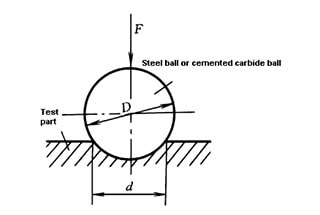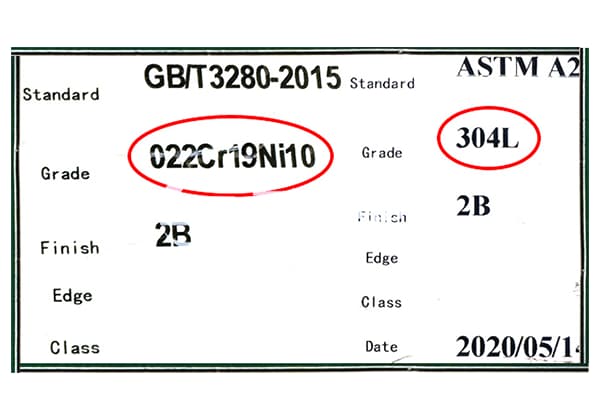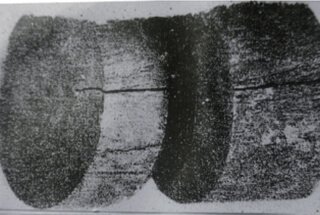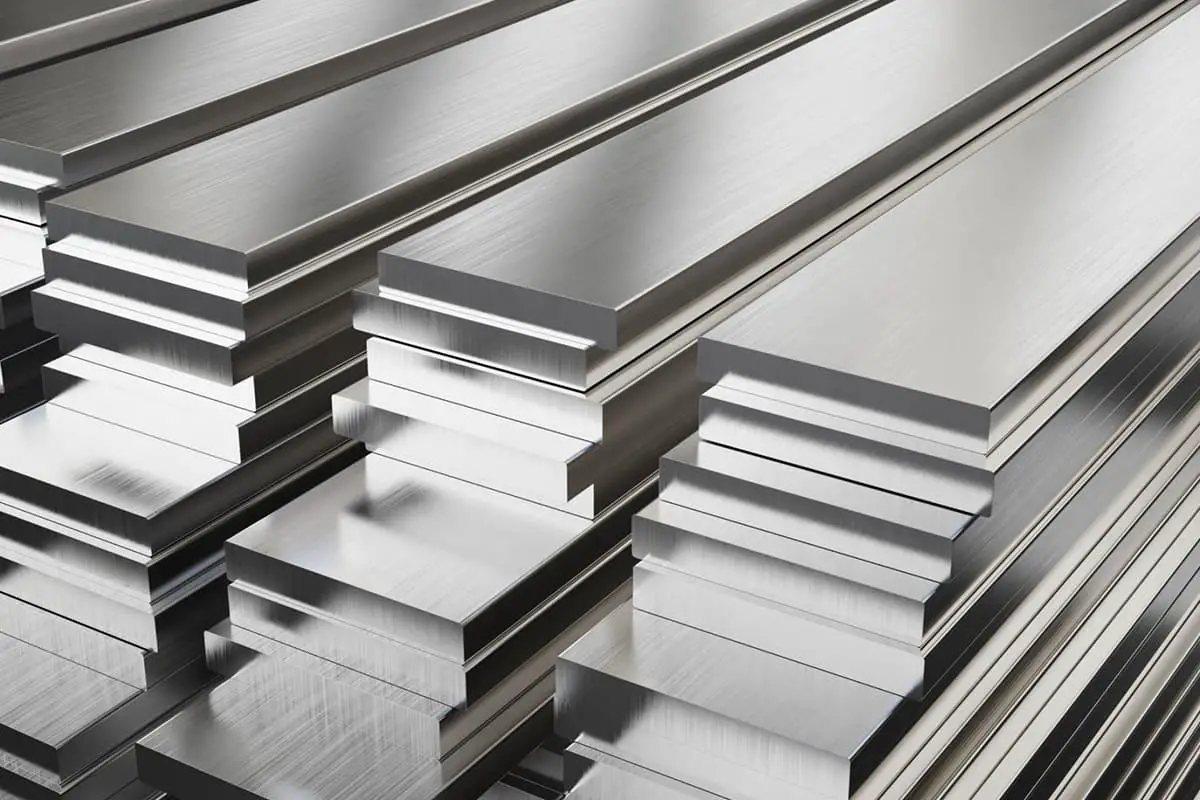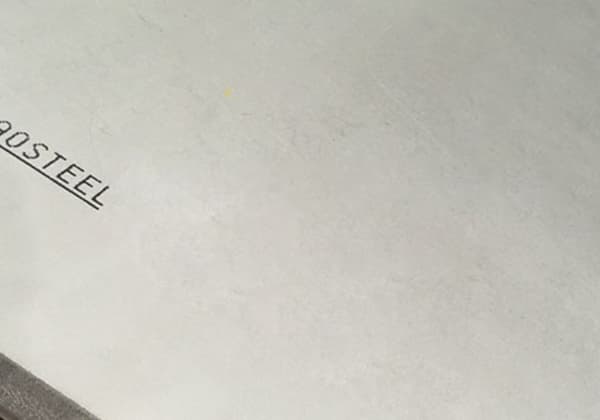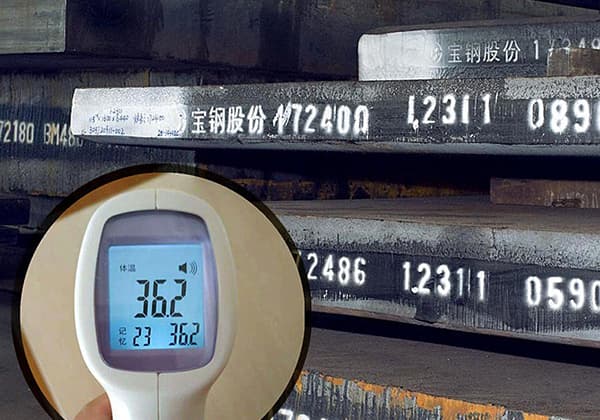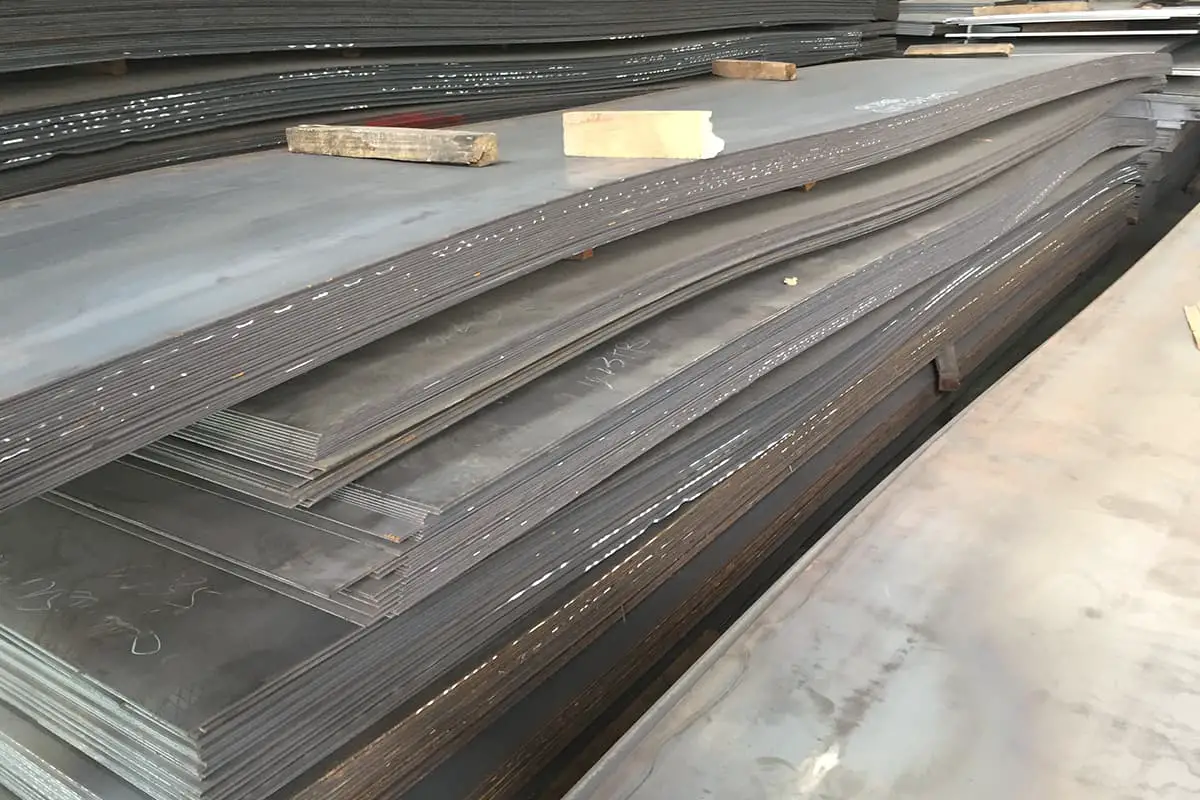
Have you ever wondered how the choice of steel impacts the safety and efficiency of pressure vessels? Pressure vessel steel must withstand high pressures and temperatures while being resistant to corrosion and mechanical stress. This article explores various steel grades, their properties, and how to select the right one for different applications, ensuring both safety and cost-effectiveness. Whether you’re in the chemical or petrochemical industry, understanding these principles is crucial for optimal vessel design and performance. Dive in to learn the essentials of choosing the best steel for your pressure vessel needs.
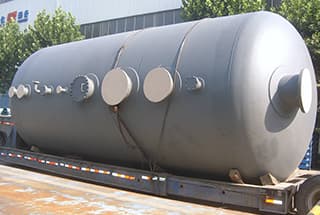
Steel for pressure vessels refers to the type of steel used in the construction of pressure vessels. It typically refers to high strength steel.
To meet various design and manufacturing requirements, several steel grades are available based on their strength levels, including carbon and low alloy high strength.
Currently, there are five strength grades of steel available in China for pressure vessels: 20R, 16MnR, 15MnVR, 15MnVNR, and 18MnMoNbR.
In the design of pressure vessels, it is essential to choose the right structural materials to ensure a reasonable structure, safe operation, and economical design of the vessel.

The selection of steel for pressure vessels should be based on the design pressure, design temperature, and the characteristics of the medium that will be stored in the equipment.
The chosen steel should have excellent mechanical properties, resistance to corrosion, good welding performance, and the ability to withstand cold and hot processing conditions under the design conditions.
Furthermore, it is important to select the most cost-effective steel in order to minimize the overall cost of the equipment.
Steel commonly used in chemical and petrochemical plants is categorized and defined based on its chemical composition and metallurgical structure as follows:
Iron-carbon alloys with a manganese content of less than or equal to 1.2% and a carbon content of less than or equal to 2.0% are defined as steel, with no intentional addition of other alloy elements.
Low carbon steel refers to steel with a carbon content of less than or equal to 0.25%.
For welding purposes, the carbon content of steel used in the construction of pressure components should not exceed 0.25% to ensure its weldability.
Therefore, low carbon steel is typically used for welding pressure vessels.
The carbon steel mentioned in these material selection guidelines refers to low carbon steel.
Low alloy steel is a term that encompasses both low alloy high strength steel and pearlitic heat-resistant steel.
Low alloy high strength steel refers to steel with an alloy content of less than 3.0% that is designed to improve its strength and overall properties. Examples of such steel include 16MnR and 15MnV.
Pearlitic heat-resistant steel refers to low-carbon steel designed to improve its heat and hydrogen resistance properties through the addition of alloy elements such as chromium (Cr ≤ 10%) and molybdenum. Examples of such steel include 18MnMoNb and 15CrMo.
Stainless steel is a type of steel that has an austenitic metallurgical structure at room temperature. Examples of such steel include Cr18Ni9 and Cr17Ni12Mo2.
Ferritic stainless steel is a type of stainless steel that has a ferritic microstructure at room temperature. An example of such steel is Cr13Al.
Martensitic stainless steel is a type of stainless steel that has a martensitic microstructure at room temperature. An example of such steel is Cr13.
The materials used in the manufacture of pressure vessels should comply with the regulations outlined in GBT 150 for steel pressure vessels.
The upper limit of the service temperature for a specific steel grade is the maximum temperature at which the specific allowable stress value, as listed in the allowable stress table, can be used.
Please refer to the relevant standards for information on the chemical composition, normal temperature mechanical properties, availability, and other details of domestic steel grades that are similar to those specified in ASME-II.
From a procurement and manufacturing viewpoint, it is desirable to use steel with a wide range of varieties and specifications for containers.
(1) Carbon Steel:
The selection of Q235-A, F, Q235-A, Q235-B, and Q235-C steel grades must comply with the specific provisions of GB150.
For pressure components with wall thickness less than 8mm, carbon steel plate is preferred.
When the wall thickness of pressure components affects stiffness, carbon steel is the preferred option.
(2) Low Alloy Steel:
For pressure components where wall thickness affects strength, low carbon steel and low alloy steel should be selected in sequence while ensuring they meet the scope of application.
This includes steel plates such as 20R, 16MnR, 15MnVR, and others.
Carbon steel and carbon manganese steel should not be used at 425℃ for an extended period as it can result in the decomposition of cementite in the steel, leading to graphitization of the carbide phase. This reduces the strength, plasticity, and impact toughness of the material, making it brittle and unsuitable for use.
Low carbon pearlitic heat-resistant steel must be used instead.
(3) Pearlitic Heat-Resistant Steel:
Pearlitic heat-resistant steel is commonly used for heat-resistant or hydrogen-resistant applications with a design temperature above 350℃.
(4) Austenitic Stainless Steel:
Austenitic stainless steel is mainly used in conditions that require resistance to corrosion or the need for clean, uncontaminated materials without iron ions.
Austenitic stainless steel should not be used as heat-resistant steel with a design temperature higher than 500℃.
Austenitic stainless steel is typically only used as low-temperature steel when low-alloy steel cannot be selected for low-temperature applications.
For thicknesses greater than 12mm, austenitic stainless steel composite steel should be preferred.
(5) Low Temperature Steel:
Low temperature steel should generally be selected for applications where the design temperature is less than or equal to -20℃ (excluding low stress).
If the steel is used below its brittle transition temperature and the stress reaches a certain value, brittle failure may occur.
To avoid brittle failure, the material must have a certain level of toughness at its service temperature, which is measured through an impact test. The impact value requirements are specified based on the material’s tensile strength.
In addition to meeting the requirements for tensile strength and yield strength, low temperature steel must also meet the impact toughness requirements.
(6) Corrosion Resistant Steel:
Hydrogen corrosion resistant steel – When pearlitic heat-resistant steel is used as high-temperature hydrogen-resistant steel, long-term use at high temperatures can cause the accumulation of methane from the chemical reaction between hydrogen dissolved in steel and carbon, leading to internal cracks or even cracking (i.e. hydrogen embrittlement).
Therefore, when working with high temperature hydrogen, the Nelson curve should be checked according to the hydrogen partial pressure of the material (design pressure multiplied by the volume percentage of hydrogen) and the design temperature to determine the suitable steel grade.
The Nelson curve can be found in HG20581.
(7) Steel for Non-Pressure Components:
GB150 specifies the steel for pressure vessels, but there are no written provisions for non-pressure components.
HG20581 provides the following provisions for the selection of steel for non-pressure components:
Based on the lower limit of the service temperature, importance, and pressure of the components, the corresponding coefficients K1, K2, and K3 are selected as follows:
High Temperature Coefficient K1:
T> 0℃, K1=1; 0℃≤T > -20℃, K1=2; -20℃≤T, K1=3.
Importance Coefficient K2:
If damage occurs, it will only affect the equipment locally, K2=1;
If damage occurs, it will affect the entire equipment, K2=2.
Stress Level Coefficient K3:
Low stress level, K3=1;
Stress level is less than or equal to 2/3 of the allowable stress, K3=2;
Stress level is greater than 2/3 of the allowable stress, K3=3.
K= K1+ K2 + K3


